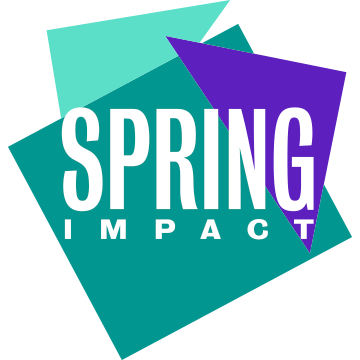Identifying who will support scale
Many of the organisations joined Scale Accelerator with an idea of how they would scale. They assumed they would grow their staff teams or set up branches to deliver their model in new locations.
However, by thinking through how the impact of their models would be sustained the future, many of the organisations have changed their approach. They believe it is more likely their social impact will be sustained in the long-term if they can influence other organisations to adopt their models.
They acknowledge this means there will likely be variation in how their model is delivered and with that comes a risk to quality. We will be working with them in the next stage to develop strategies to mitigating risk to quality.

